A few years ago, I planted an entire row of “full sun” tomatoes in partial shade because I didn’t read the seed packet properly. The result? Sad, leggy plants and zero fruit. Seed packets are like cheat sheets for gardening success they tell you exactly how to grow each plant. In this guide, you’ll learn how to decode every line, symbol, and date on seed packets to avoid rookie mistakes and grow your best garden yet.
Why Trust This Guide?
- Experience: 10+ years of trial, error, and seed packet sleuthing.
- Expertise: Insights from USDA guidelines and horticultural studies.
- Trust: No affiliate links just clear, actionable advice.
Part 1: Anatomy of a Seed Packet (What Every Section Means)
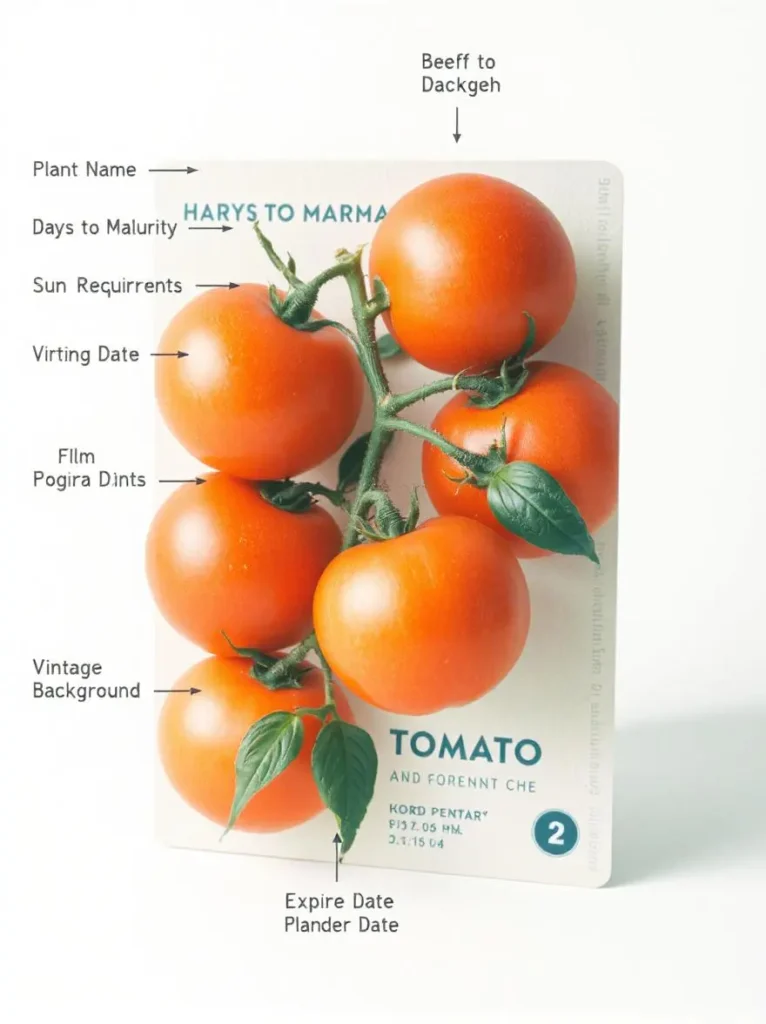
1. Plant Name & Variety
- Example: “Tomato, Heirloom Brandywine” vs. “Tomato, Hybrid Sweet Million.”
- Why It Matters: Heirlooms produce seeds you can save; hybrids offer disease resistance.
2. Description & Uses
- Look For: Growth habits (bush vs. vine), flavor notes, and best uses (e.g., “ideal for salads”).
- Pro Tip: Words like “drought-tolerant” or “container-friendly” signal special care needs.
3. Planting Time
- Key Terms:
- “Direct Sow”: Plant seeds outdoors (e.g., carrots, beans).
- “Start Indoors”: Begin seeds inside 6–8 weeks before your last frost date (e.g., tomatoes, peppers).
- Real-Life Hack: Use the Old Farmer’s Almanac Frost Date Tool to nail timing.
4. Planting Depth & Spacing
- Rule of Thumb: Plant seeds 2x deeper than their width.
- Example: Lettuce seeds (tiny) = ¼” deep; peas (larger) = 1” deep.
- Spacing: Crowding causes competition for light and nutrients.
5. Sun Requirements
- Symbols: ☀️ (Full sun = 6+ hours), ⛅ (Partial sun = 3–6 hours), 🌥️ (Shade = <3 hours).
- Pro Mistake: I once planted shade-loving spinach in full sun it bolted in days!
6. Days to Germination & Maturity
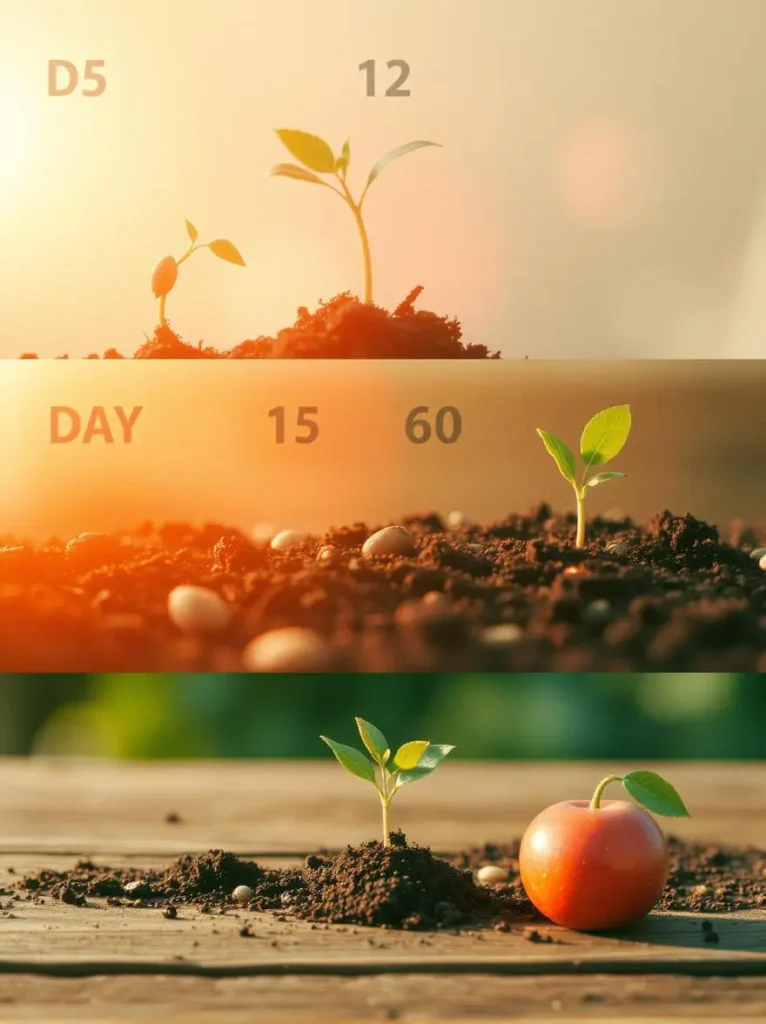
- Germination: How long until seeds sprout (e.g., radishes = 4–6 days; parsley = 14–30 days).
- Maturity: Time from planting to harvest.
- Hot Climate Tip: Subtract 7-10 days if you’re in a warm zone.
7. Lot Number & Expiration Date
- Expiration: Seeds lose viability over time. For example:
- 1 year old: 90% germination rate.
- 3 years old: 50% or less.
- Test Old Seeds: Place 10 seeds on a damp paper towel. If <5 sprout, buy fresh ones.
Part 2: Decoding Symbols & Secret Codes
1. Frost Tolerance Icons
- ❄️ (Frost-hardy): Plant before last frost (e.g., kale, peas).
- 🌸 (Frost-tender): Plant after last frost (e.g., basil, cucumbers).
2. Water Needs
- 💧 (Low): Succulents, rosemary.
- 💧💧💧 (High): Celery, lettuce.
3. Special Labels
- Organic: Certified chemical-free.
- Non-GMO: No genetic modification.
- Pelleted: Seeds coated for easier handling (common for tiny seeds like carrots).
Part 3: Common Mistakes to Avoid
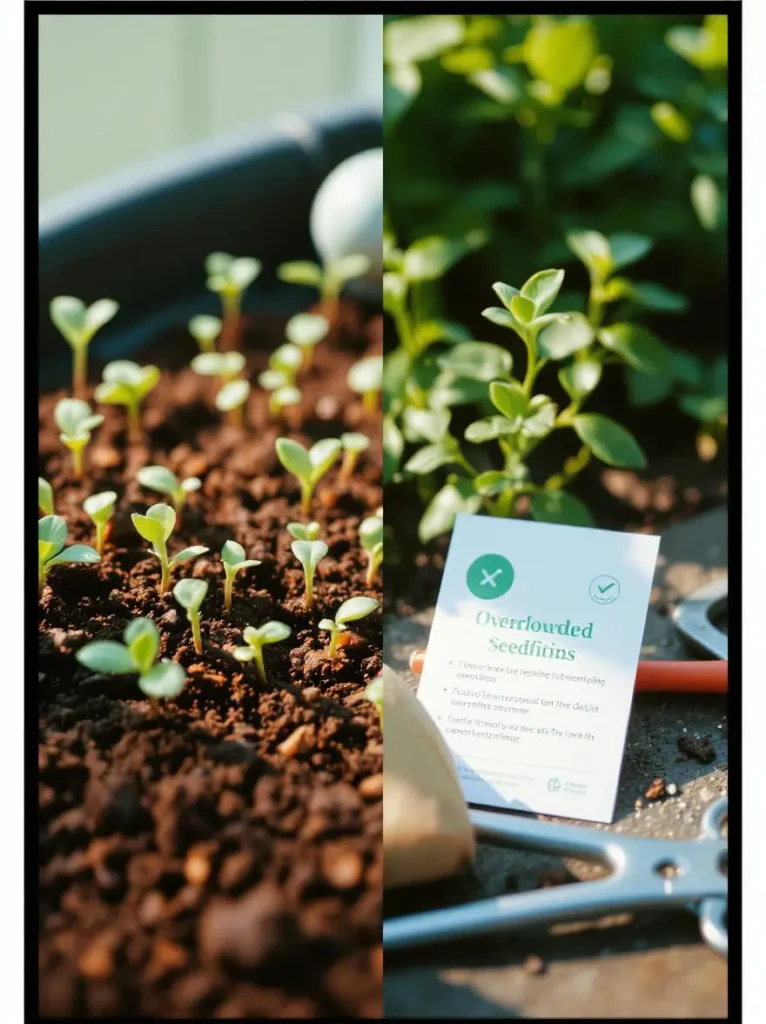
1. Ignoring “Days to Maturity”
- Planting pumpkins (100+ days) in late summer = no Halloween jack-o’-lanterns.
2. Overlooking Soil Temp Cues
- Example: Beans need 60°F+ soil. Planting too early = rotten seeds.
3. Misreading “Spacing” as Row Distance
- Seed Packet Says: “12” apart.”
- What It Means: Space plants and rows 12” apart for bushy crops like zucchini.
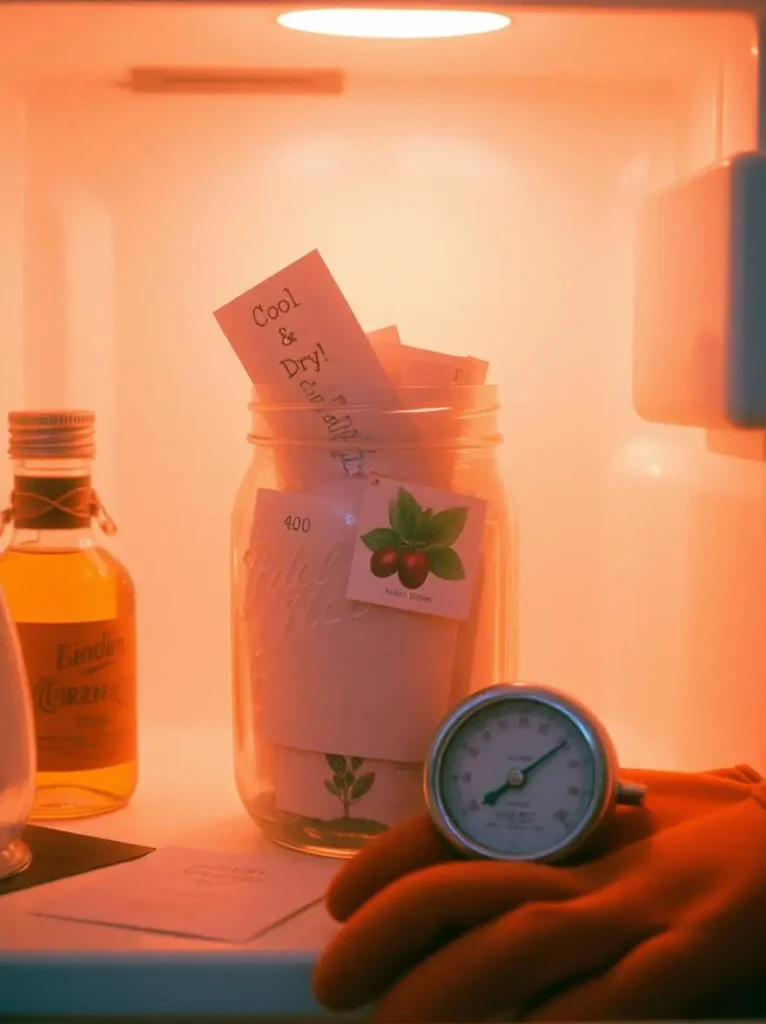
FAQ Section (Answering Top Google Queries)
Can I plant expired seeds?
Yes, but germination rates drop over time. Test them first!
What does “open-pollinated” mean?
Seeds produce plants identical to the parent ideal for seed-saving.
Why do some packets say “thin to 6” apart”?
Thin seedlings to avoid overcrowding. Use scissors to snip extras (don’t pull it disturbs roots).
How do I store leftover seeds?
Keep them cool, dry, and dark. A sealed jar in the fridge works best.
What’s the difference between “indeterminate” and “determinate” tomatoes?
Indeterminate = vining, continuous harvest; determinate = bushy, all fruit ripens at once.
Conclusion: Your Seed Packet Superpower
Seed packets are like plant DNA they hold the blueprint for success. Now that you can read them like a pro, you’ll avoid guesswork and grow healthier, happier plants.
Next Steps:
- Grab a seed packet and practice decoding it using this guide.
- Share your “aha!” moments with #SeedPacketSecrets.
- Comment below with questions I’ll help you troubleshoot!


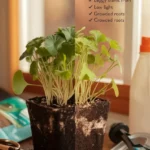
Pingback: 5 Common Seedling Mistakes (and How to Fix Them) - gardendiyhaven.com